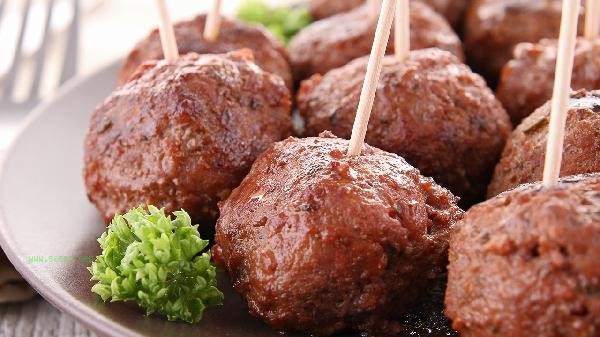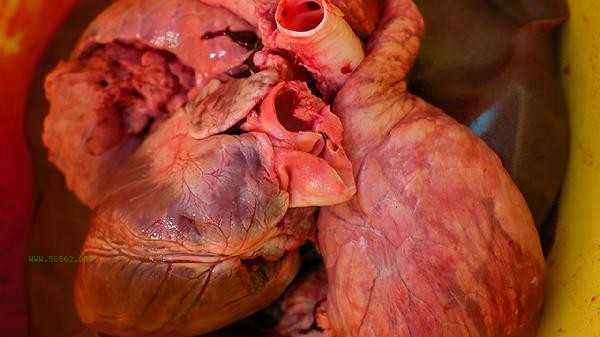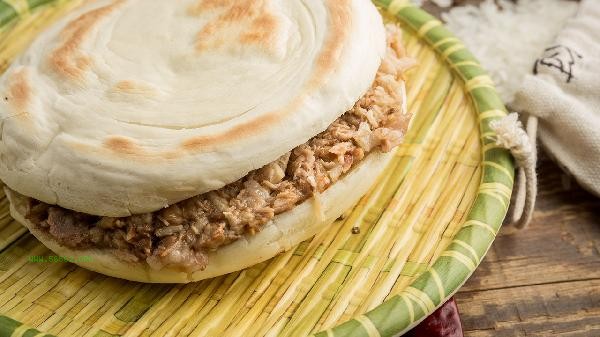The purchased pork can be washed with running water and soaked in blood to remove dirt. It can be washed with flour or baking soda to effectively remove dirt. The surface of pork may adhere to blood, oil, and impurities during transportation and storage, mainly through methods such as rinsing with running water, flour adsorption, cleaning with baking soda, sterilization with white vinegar, and soaking in salt water.

1. Rinse with running water
Place pork under running water and rinse repeatedly, which can wash away most of the blood and visible impurities on the surface. It is recommended to cut the pork into small pieces and rinse them. The water pressure should not be too high to avoid splashing and contaminating the workbench. When rinsing, gently rub the gaps between the meat pieces with your hands to help separate the residue between the fibers.
2. Flour Adsorption
Wrap pork evenly with dry flour and let it sit for a few minutes. The flour particles can adsorb oil and dirt. When kneading, flour forms small friction particles that can remove impurities from the meat crevices. Finally, rinse with warm water. This method is suitable for processing areas with a high fat content, such as pork belly.
3. Baking soda cleaning
Mix baking soda with water to form a paste and apply it to meat noodles. The weak alkalinity can decompose some fat and neutralize the fishy smell. After standing for five minutes, rub and wash to remove deep stains without affecting the meat quality. Pay attention to controlling the dosage, excessive baking soda may make the meat surface sticky, and it needs to be thoroughly washed clean.

4. White vinegar sterilization
Dilute pork with white vinegar water and soak it for ten minutes. Acetic acid can inhibit some bacteria and dissolve calcified impurities. Suitable for handling frozen meat or meat products that have been stored for a long time. After soaking, rinse repeatedly with water to remove the sour taste. Paired with salt can enhance the bactericidal effect.
5. Salt water immersion
Soaking in light salt water for twenty minutes can cause some blood to seep out, and salt can also shrink the meat and reduce nutrient loss. The appropriate salt concentration is to not taste the obvious salty taste, as too high a concentration can cause the meat to turn dry. Operating in a refrigerated environment is better as it can delay bacterial growth.

It is recommended to dry the processed pork with kitchen paper before cooking to avoid moisture affecting the taste. Raw and cooked food cutting boards should be used separately, and hands should be thoroughly washed with soap after coming into contact with raw meat. If pork has a sticky or unpleasant smell, it may have spoiled and is not suitable for consumption. Daily storage should be sealed and refrigerated, and consumed within two days. Frozen storage should not exceed three months. Ensure that the center temperature reaches 70 degrees Celsius or above during cooking to thoroughly kill potential parasites and pathogenic bacteria.








Comments (0)
Leave a Comment
No comments yet
Be the first to share your thoughts!